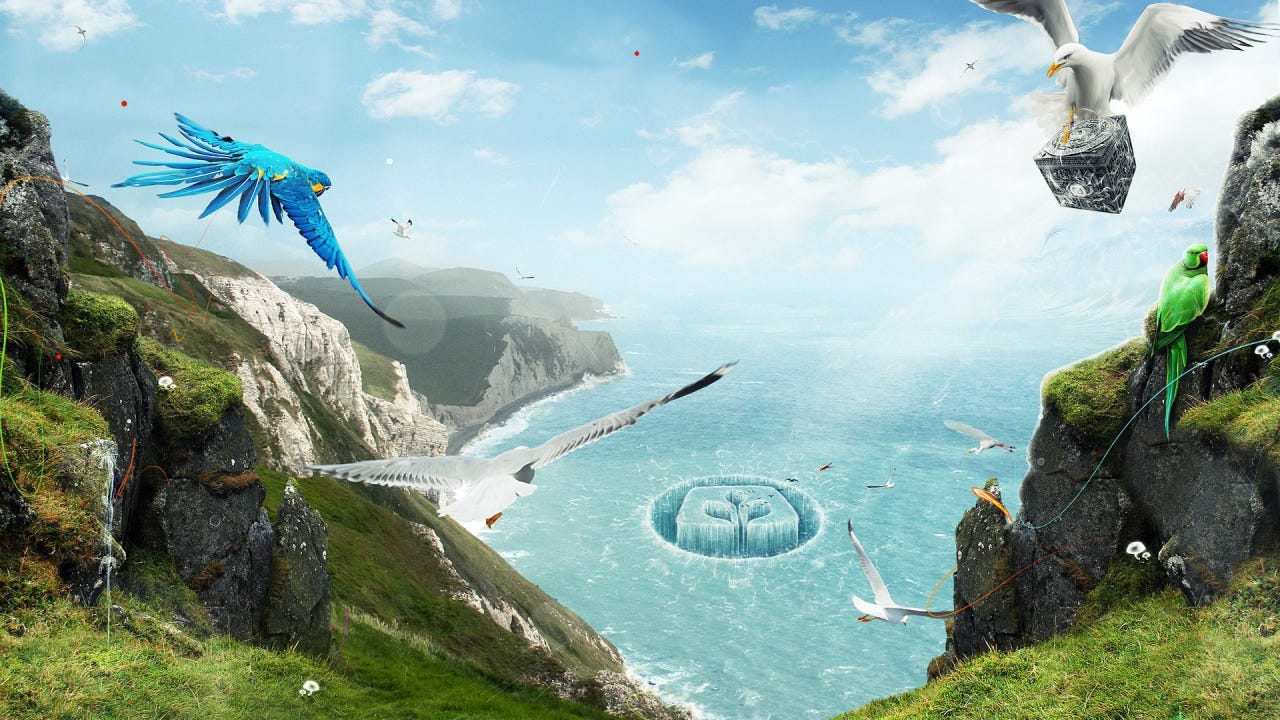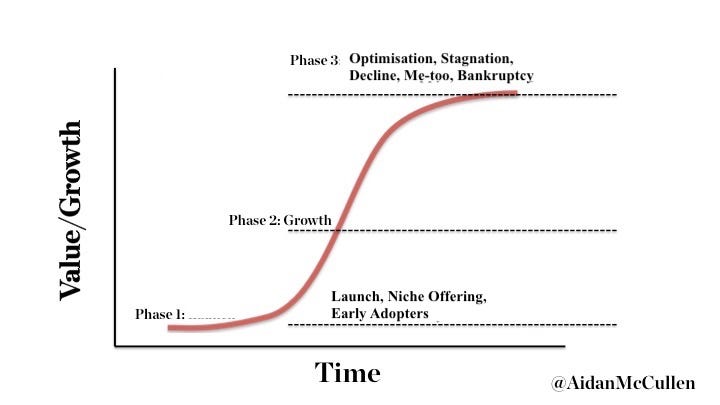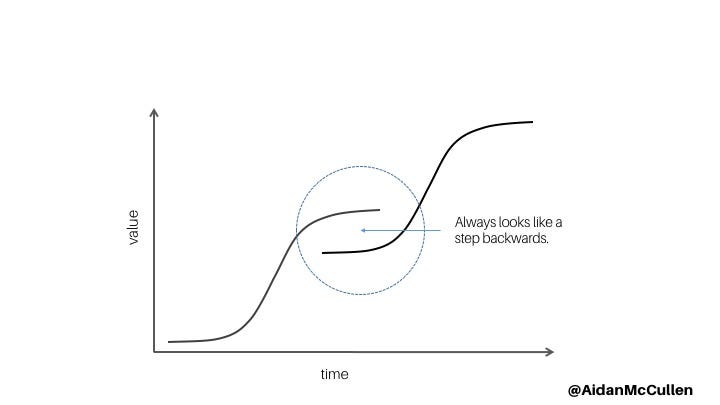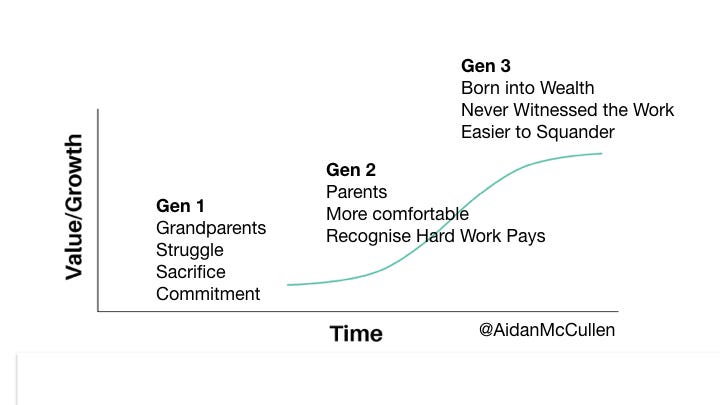
“Learning and innovation go hand in hand. The arrogance of success is to think that what you did yesterday will be sufficient for tomorrow.” — William Pollard
A man finds a cocoon of an Emperor moth. He takes it home so he can watch the moth break out of the cocoon when the time comes. Soon afterwards, a small opening appears in the cocoon, he sat and watched for hours as the moth struggled to force the body through that little hole. The moth seemed to be stuck and appeared to have stopped making progress. The man, intending to be kind, decided to help the moth. He took a pair of scissors and carefully snipped off the remaining bit of the cocoon. The moth then emerged easily.

The man was surprised to see the moth’s scrawny body with its wings wrinkled and shrivelled. He expected that at any moment, the wings would enlarge and expand to support the moth’s body. Neither happened. The little moth spent the rest of its short life crawling around with a scrawny body and shrivelled wings. It was never able to fly.
Unbeknownst to the man, the struggle required for the moth to get through the tiny opening was necessary to force fluid from the body of the moth into its wings, much like air being pumped into a tyre tube. The moth should have been able to fly once it broke out from the cocoon, but being deprived of the struggle deprived the moth of flight.
I share this story to illustrate that both freedom and flight only come after the struggle. The struggle provides the learning opportunity and if seized, it offers growth.
Parenting is challenging in many ways, but I find myself most often revisiting the same dilemma that I have not yet resolved. Every generation has an improved lifestyle than the previous one, but how do we ensure the generation under our leadership (mentorship/stewardship) has an adequate amount of struggle? It is only ever through the struggle that we grow, that we flourish and that we achieve our potential.
This principle is not unique to our lives, but it is also true of business. If businesses do not experience any struggle, they can become complacent and complacency leads to stagnation and stagnation leads to decline.
So comes the big question, “How do we create hunger in paradise?”
Generation Curves
“The father buys, the son builds, the grandchild sells, and his son begs.” — Scottish Proverb
The Scottish-American industrialist, business magnate, and philanthropist Andrew Carnegie would often say: “From shirtsleeves to shirtsleeves in three generations.” This aligns with similar sayings all over the Globe. The sayings refer to the trend of family-generated wealth being squandered over a period of only three generations.
So what happens over those three generations, how does it manifest in business and what can be done to prevent complacency? That is the focus of this Thursday Thought.
S curves are a great way to map both business and product life cycles. S curves follow the shape of the letter S with a shallow start with early adopters and niche clientele. Rapid growth comes next, followed by a dominant position in the market.

After the rapid growth, businesses or products plateau and experience stagnation, process optimisation, automation job cuts and quite often a me-too proposition. To Innovate Companies and Leaders need to jump from one S curve to another, but few have the foresight or the courage to do so. Others grow complacent during their period of dominance and forget the struggle that gave birth to the business in the first place. The jump always looks like a step backwards.

Now that we have reminded ourselves of S Curves let us look at the third generation issue mapped on to the S Curve.
S-Truggle

Just as the early days of any venture or movement are a struggle, the same can be said of a family business. Taking the start of the curve as the grandparents time, this is challenging, it is messy, it is packed with sacrifice and hard work. This is the stage of delayed gratification.
Next, comes the middle stage, this is the era of the parents (or children to the originators of the wealth). This stage is when the business has been well established and has long enjoyed profitability. Because the parents witnessed the hard work and sacrifice of their parents (the grandparents), they equate the wealth they enjoy with the work that was done. They experienced the stress, the toil and the late nights that their parents endured to create the business.
Finally, comes the children (or grandchildren to the originators of the wealth). This generation has been born into wealth. Being born into a situation like comfortable wealth is fantastic, but it shapes the world view of the children who are born into that world. It becomes their paradigm. The grandchildren do not witness the toil and sacrifice that their parents experienced.
In essence, the memory of the hard times and the evolution of the family’s wealth is forgotten. It is not the fault of the children, their world is informed by the world into which their parents introduce them. They have no understanding of the work that went into building the lifestyle they now enjoy.
So what has this got to do with business and what can be done?
S-torytelling

“Storytelling is important. Part of human continuity.” — Robert Redford
Like third-generation families, when a business is on top of its S curve, it can easily become complacent much like the third-generation family business. When the people who worked in the business in the startup days have moved on, the founders have moved on, the stories of how the business overcame challenges also move on. And therein lies the challenge. If nobody keeps the stories alive, they simply die.
Verbum Scriptum Manet — The Written Word Remains
One of the reasons the world’s dominant religions have survived is that they were written down. The story of the business is so essential to the mindset of the business because it informs employees of the significance of the opportunity that they now have.
Well-trained sports teams understand that when they wear their team jersey, they are representing much more than themselves. They are representing their club, their country, their community and then themselves. In a similar way, organisations and businesses must recognise not only the present and their vision for the future, but it is crucial to celebrate the past and keep the story alive.
This is not a case of harping on about the “good old days”, it is paying due respect that the business is enjoying success because of the work ethic, principles and long term thinking that drove the business to success.
Business schools are full of case studies of businesses which have failed after years of dominance and success. A common theme in such businesses is that they forget what got them to where they are/were today. They have moved from a state of urgency and attack to a position of cautiousness and defence. They need to defend the revenue they have amassed and avoid cannibalising that business. The reality is that nothing stands still. The business model must evolve because the marketplace is evolving, when these key factors are out of sync, the business is going to sink.
Retaining a startup, agile, hungry mindset is essential to businesses today. VUCA is an acronym used to highlight the volatility, uncertainty, complexity and ambiguity of general conditions and situations like the business world today. While this acronym was first used in 1987, it is even more relevant today. In a VUCA world, we cannot afford to sit still, we must remain in a state of constant evolution.
“The more you sweat in peacetime, the less you bleed during war.” — Chinese Proverb
We all want to discover our hidden talents and make an impact with them. But how?
Our guest on this week’s innovation show is an ex-footballer and performance specialist, who quit his job and for six intense months lived with the world’s best athletes in an attempt to answer this question. Why have the best middle distance runners grown up in the same Ethiopian village? Why are the leading female golfers from South Korea? How did one athletic club in Kingston, Jamaica, succeed in producing so many world-class sprinters? He presents his surprising conclusions in seven lessons on how anyone — or any business, organisation or team — can defy the many misconceptions of high performance and learn to build their own gold mine of real talent.
This book is not about sport, it’s about identifying and nurturing talent. In a knowledge economy, talent is a competitive advantage, but bus8ness leaders and coaches alike don’t often know how to identify talent, even when it’s right in front of them.
We welcome author of “The Gold Mine Effect” Rasmus Ankersen
We discuss:
The Challenge of identifying talent
Why we overlook talent
The child prodigy problem
Traits of the best coaches
How to nurture talent
How parents should nurture talent
The balance of parent involvement
Some other places to listen:
Soundcloud https://lnkd.in/gBbTTuF
Spotify http://spoti.fi/2rXnAF4
iTunes https://apple.co/2gFvFbO
Tunein http://bit.ly/2rRwDad
iHeart http://bit.ly/2E4fhfl
More about Rasmus here: